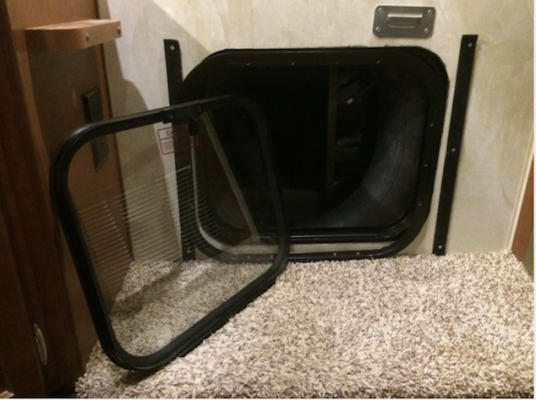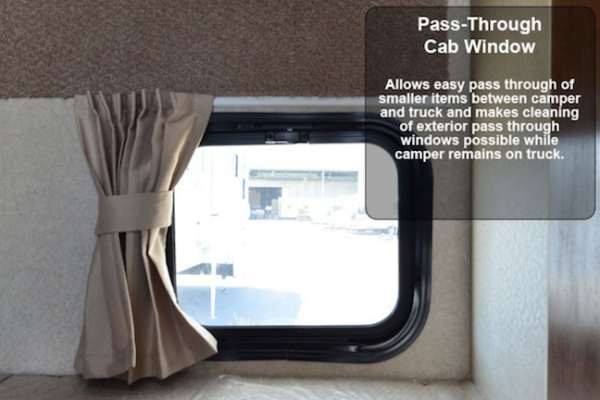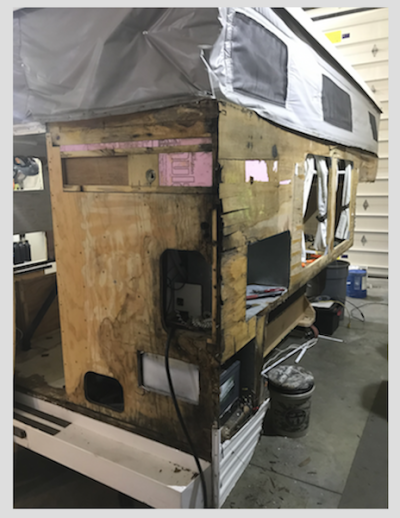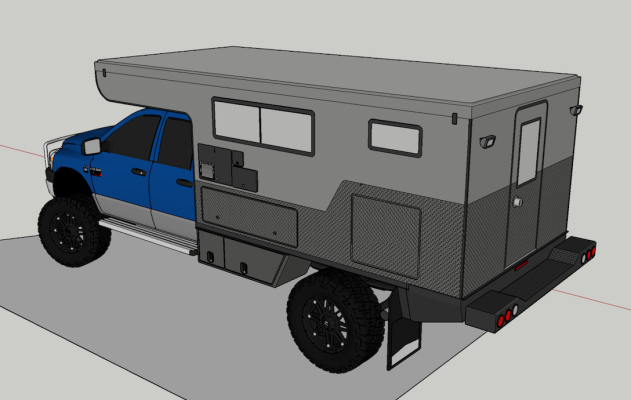Hi there,
We recently purchased a Hallmark Cucherra and have found it is in need of some restoration work. Really cool camper but PO was very deceptive about issues which I failed to identify when inspecting (my bad). Gonna move forward and correct issues .
Does anyone know where I could purchase a front pass through window such as is found in the FourWheel campers? (about 16" x 20" pop-out). I see they are being used in other brands of newer campers also. I have to re-build that front wall and I think those smaller removable style windows would be an improvement as there would be more structure left surrounding the window as compared to the current (quite large) 36" slider. I've searched ebay and the web but haven't been able to locate this type of window anywhere. Any help would surely be appreciated!
Thanks!

We recently purchased a Hallmark Cucherra and have found it is in need of some restoration work. Really cool camper but PO was very deceptive about issues which I failed to identify when inspecting (my bad). Gonna move forward and correct issues .
Does anyone know where I could purchase a front pass through window such as is found in the FourWheel campers? (about 16" x 20" pop-out). I see they are being used in other brands of newer campers also. I have to re-build that front wall and I think those smaller removable style windows would be an improvement as there would be more structure left surrounding the window as compared to the current (quite large) 36" slider. I've searched ebay and the web but haven't been able to locate this type of window anywhere. Any help would surely be appreciated!
Thanks!





